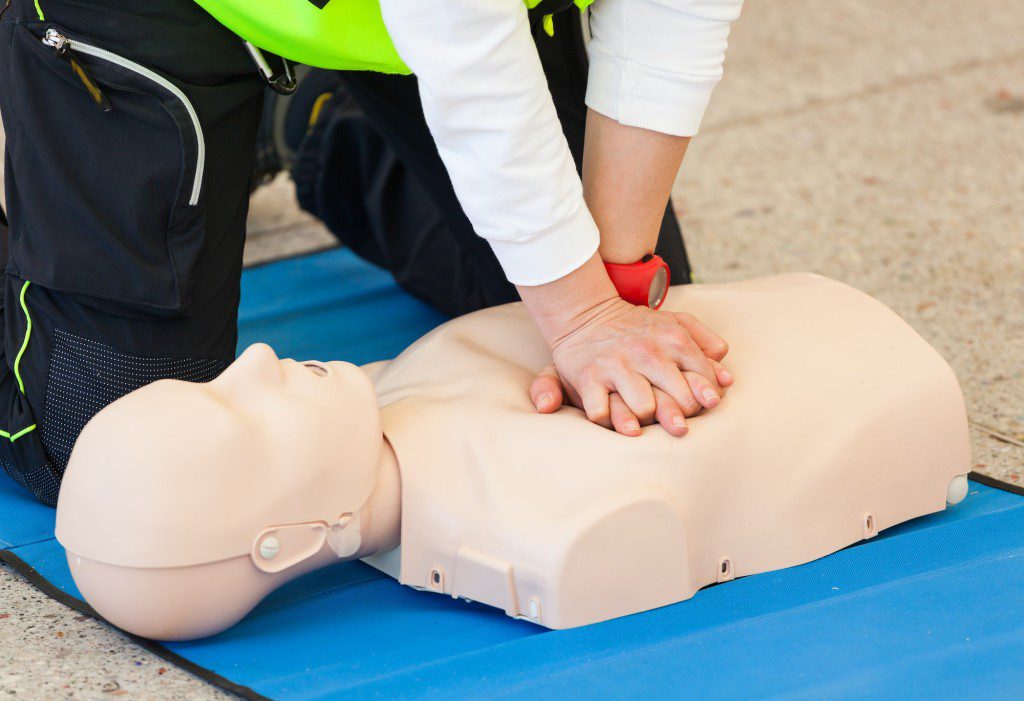
A CPR is an emergency medical procedure that involves the use of chest compressions to restore a person’s breathing and blood circulation after they have stopped functioning due to cardiac arrest. It can be performed in people who are unresponsive and have no breathing or abnormal breathing.
For adults who are between 5 and 6 centimeters deep, CPR involves chest compressions at a rate of around 100 to 120 per minute. They may also be provided with artificial ventilation using either a device that pushes air into their lungs or exhaling air into their mouth.
Current guidelines recommend using high-quality chest compressions instead of artificial ventilation for adults. However, they also noted that doing only compressions may not be the best option for children. According to the American Heart Association, doing only CPR may lead to worse outcomes for kids due to their respiratory problems.
Without a functioning heart, CPR is not likely to restart the body. It aims to restore a partial flow of blood to the heart and brain. It can also help prevent tissue death and prolong the time that a successful resuscitation can be carried out. In order to restore a viable heart rhythm, an electric shock is usually needed.
The use of defibrillators is only effective for patients with certain heart rhythm conditions, such as those with a pulseless electrical activity or a ventricular fibrillation. They should be given early shock to restore their cardiac function.
If successful, CPR can also induce a heart rhythm that’s shockable. It should be continued until the patient’s condition improves or they’re declared dead.
